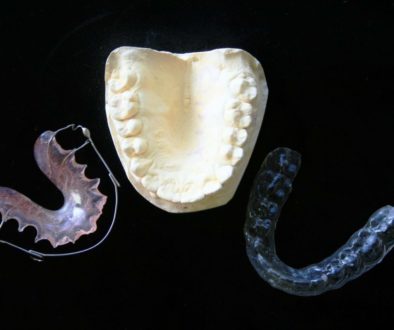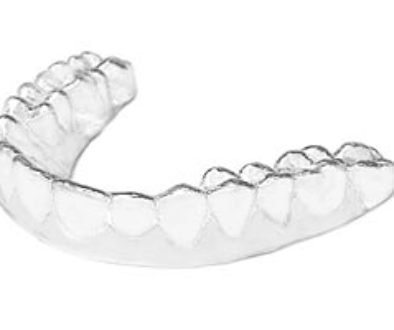Are Mini Implants Any Good?
Dental implants are the best solution for the replacement of teeth today. Your dentist or oral surgeon completes a surgical procedure to place a titanium screw into the bone. These implants can be used to replace individual teeth as well as anchor dentures or bridges. Dental implants are described in many ways including by brand, length, and especially by diameter. Regular size implants are approximately 3.3 mm up to 6 mm in diameter. Mini implants are those implants with diameters of 1.8 mm up to 3.3 mm. Those are what we’re going to talk about here.
Traditionally, mini implants were only used as temporary devices. While waiting for the full size implants to heal, the temporary mini implants were used to hold a temporary appliance in place. When they were ready to use the full size implants they would just remove the temporary ones.
The next stage in the development of mini implants was that some people started using them as a permanent solution for stabilizing dentures. For lower dentures they would place four separate mini-implants. For upper dentures they would place six total. The first company to do this was Imtec who developed the MDI system. They were eventually bought out by 3M ESPE. These are still the most common mini dental implant system out there.
This diagram shows what the mini implants actually look like and how they attach to your denture. The implants are all one piece which includes the top “ball” portion, a tissue portion, and the actual titanium screw that is inserted into the jawbone. Metal housings with o-rings inside of them are placed into the denture and these snap onto the implant over the top ball portion. This is different than most traditional implants. Most traditional implants that are placed only have the screw portion. Separate pieces called abutments are used to attach dentures or create teeth to attach.
I’ve taken their weekend course and placed mini implants on some of my patients. I’ve also had plenty of patients who have had traditionally sized implants placed at the oral surgeon that I then used for dentures or other types of tooth replacement. I think my experience has given me some good insight into the limitations as well as the advantages to using mini implants.
The Advantages to Mini Dental Implants
- They are usually less expensive.
- The are usually placed and loaded (the denture attached) the same day.
- Less surgical trauma on average
- Can be used when only a thin ridge of bone is available under a denture without bone grafting.
The Disadvantages to Mini Dental Implants
- The only qualifications for placing mini implants are an 8 hour weekend course.
- Most mini implants are placed by general dentists with far less experience placing implants than oral surgeons, periodontists, or general dentists who focus on implants.
- Studies have indicated that mini implants may have a higher failure rate than traditionally sized implants.
- Minimal long term studies have been done as compared to traditional dental implants.
- Because they’re only one piece, if the attachment breaks, the entire implant must be removed.
With all that, do I recommend mini dental implants? Very honestly, it depends on your situation and who will be placing them. With a good surgeon they can be a perfectly acceptable option as long as you’re aware of their limitations and possible risks. I’ve found that the people who benefit most from mini implants are more elderly, with a good bit of bone loss, and who would like a solution to moderately stabilize their denture without bone grafting or other extensive surgery. If you’re a bit younger and still have good bone left I would recommend having traditionally sized implants placed. The long term statistics on traditionally sized implants are very good. The failure rate is in the low single digits. This will give you the best possible chance of a solution that will hold up in the long term.




